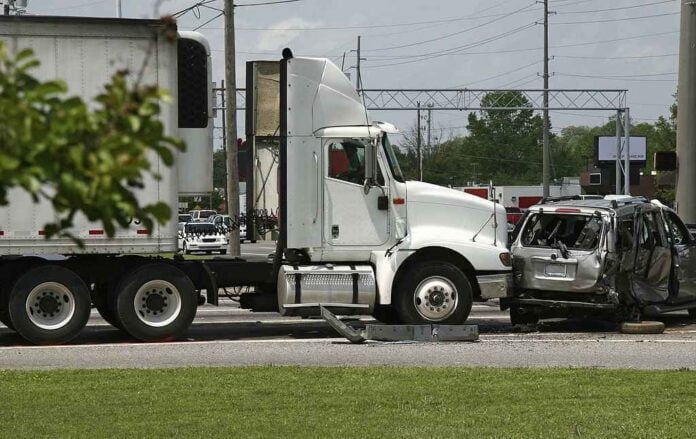Atlanta, often dubbed the “Gateway to the South,” boasts a network of interstates that see a constant flow of vehicles, including a significant number of trucks. While these highways have been instrumental in driving commerce and connecting cities, they’ve also been the scenes of numerous truck accidents over the years. This article delves into the challenges presented by Atlanta’s major highways and the nature of truck accidents on these roads.
1. The Key Players: I-20, I-75, and I-85
These interstates form the backbone of Atlanta’s highway system, facilitating movement from all directions. Given their importance, they often witness heavy traffic, creating potential hotspots for accidents.
2. Traffic Volume and Congestion
Atlanta’s interstates, especially during rush hours, see immense traffic volume. The mix of cars, buses, and trucks in congested conditions increases the risk of accidents, as vehicles jostle for space.
3. Merging and Interchanges
The interplay between these major interstates results in complex merging lanes and interchanges. Truck drivers often face challenges navigating these areas, especially when surrounded by smaller, faster-moving vehicles.
4. Infrastructure Wear and Tear
With such heavy use, road quality can deteriorate over time. Potholes, uneven surfaces, and worn-out markings can be especially hazardous for large trucks that require stable roads for safe maneuvering.
5. Distracted and Fatigued Driving
Given the long hours on the road, truck drivers are at risk of fatigue. Additionally, the rise of in-cab technologies and smartphones has increased the instances of distracted driving.
6. Limited Break Areas
While there are designated rest areas along these interstates, during peak times or in certain stretches, finding a spot for a break can be challenging for truck drivers, pushing them to continue driving even when tired.
7. Weather-Related Challenges
Atlanta’s weather can be unpredictable, with sudden storms or foggy conditions reducing visibility and making roads slippery. Trucks, given their size and weight, can find it particularly challenging to adjust to such rapid changes.
8. The “Rubbernecking” Phenomenon
Accidents or incidents on these interstates often result in other drivers slowing down to look, causing unexpected traffic jams and increasing the risk of further collisions, especially if a large truck cannot decelerate in time.
9. Commercial Pressures
Time is money in the trucking industry. The pressure to reach destinations or make deliveries often pushes drivers to speed or take risks, especially on familiar stretches like those in Atlanta.
10. Safety Initiatives and Measures
Recognizing the challenges, both the state and private stakeholders have implemented measures to enhance safety. These include better signage, regular road maintenance, awareness campaigns, and stricter enforcement of rest periods for drivers.
The interstates of Atlanta, while being vital arteries for the state’s economy, present unique challenges when it comes to trucking safety. By understanding the complexities and factors leading to accidents, there’s hope for implementing effective strategies to reduce these incidents. Should you find yourself in a truck accident, be sure to contact a local Atlanta lawyer.
As Atlanta continues to grow and evolve, the commitment to ensuring safety on its highways remains paramount, aiming for a harmonious blend of commerce, connectivity, and caution.


